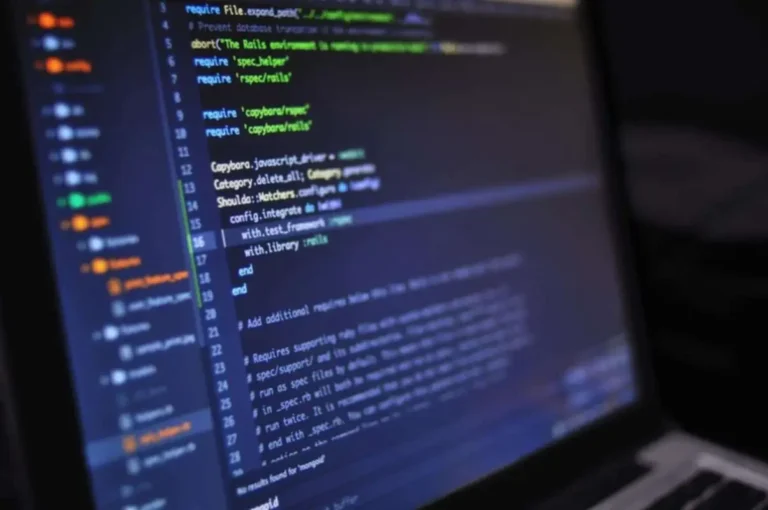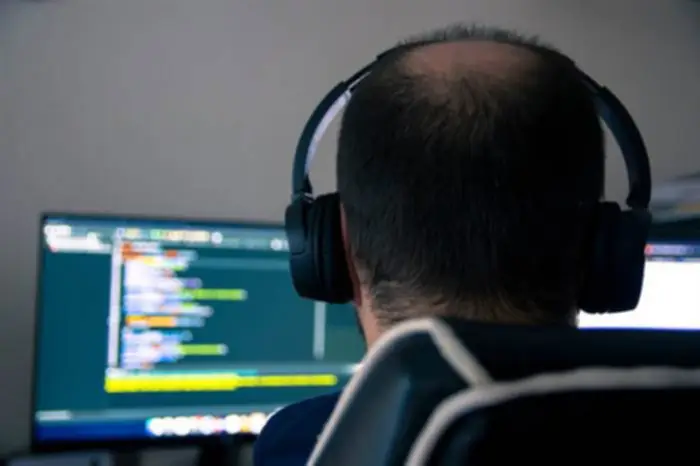All of the inputs and outputs in standard neural networks are independent of one another. Nonetheless, in some circumstances, corresponding to when predicting the following word of a phrase, the prior words are essential, and so the earlier words should be remembered. As a outcome, RNN was created, which used a hidden layer to overcome the issue.
Sadly simple RNNs with many stacked layers may be brittle and tough to train. This brittleness arises as a outcome of the backpropagation of gradients within a neural community is a recursive multiplication course of. This implies that if the gradients are small they will shrink exponentially and if they’re massive they may develop exponentially. These issues are called the “vanishing” and “exploding” gradients respectively. Gated recurrent models (GRUs) are a type of recurrent neural network unit that can be utilized to mannequin sequential knowledge.
The ahead layer works similarly to the RNN, which shops the earlier enter within the hidden state and makes use of it to foretell the following output. Meanwhile, the backward layer works in the incorrect way by taking both the present enter and the future hidden state to replace the present hidden state. Combining each layers enables What is a Neural Network the BRNN to improve prediction accuracy by considering previous and future contexts. For instance, you should use the BRNN to foretell the word bushes in the sentence Apple trees are tall. Like RNNs, feed-forward neural networks are synthetic neural networks that move information from one end to the opposite end of the architecture.
Whereas CNN can learn native and position-invariant features and RNN is nice at learning international patterns, another variation of RNN has been proposed to introduce position-invariant native function studying into RNN. Data circulate between tokens/words at the hidden layer is restricted by a hyperparameter known as window size, allowing the developer to determine on the width of the context to be thought-about while processing textual content. This structure has proven better performance than each RNN and CNN on several text classification tasks 25. A recurrent neural community or RNN is a deep neural community skilled on sequential or time series data to create a machine studying (ML) model that can make sequential predictions or conclusions based mostly on sequential inputs.
Purposes whose aim is to create a system that generalizes well to unseen examples, face the chance of over-training. This arises in convoluted or over-specified methods when the network capacity significantly exceeds the wanted free parameters. Since there isn’t a good candidate dataset for this mannequin, we use random Numpy data fordemonstration. In TensorFlow 2.0, the built-in LSTM and GRU layers have been updated to leverage CuDNNkernels by default when a GPU is on the market.

The only distinction is within the back-propagation step that computes the burden updates for our barely extra complicated community structure. After the error within the prediction is calculated in the first move via the community, the error gradient, starting on the last output neuron, is computed and back-propagated to the hidden items for that time-step. The gradients that back-propagate to the hidden units are coming from each the output neurons and the items within the hidden state one step ahead within the sequence. A Recurrent Neural Community (RNN) is a category of synthetic neural networks the place connections between nodes type a directed graph along a temporal sequence.
7 Attention Models (transformers)
A recurrent neural network (RNN) is a sort of neural community that has an internal memory, so it might possibly keep in mind particulars about earlier inputs and make accurate predictions. As a half of this process, RNNs take previous outputs and enter them as inputs, learning from past experiences. These neural networks are then best for dealing with sequential data like time series. Language modeling is the process of studying significant vector representations for language or text utilizing sequence information and is usually skilled to foretell the following token or word given the input sequence of tokens or words.
- The secret weapon behind these spectacular feats is a kind of artificial intelligence referred to as Recurrent Neural Networks (RNNs).
- A steeper gradient permits the mannequin to learn sooner, and a shallow gradient decreases the educational rate.
- In Contrast To conventional neural networks, recurrent nets use their understanding of past occasions to process the input vector quite than starting from scratch every time.
- In this section, we create a character-based text generator using Recurrent Neural Community (RNN) in TensorFlow and Keras.
- That is, LSTM can be taught duties that require memories of events that happened 1000’s or even hundreds of thousands of discrete time steps earlier.
4 Rnns With Consideration Mechanisms
This loop represents the temporal side of the community, the place at every time step, the layer not solely receives an enter from the earlier layer but in addition receives its own output from the previous time step as enter. This recurrent connection effectively offers the community a form of memory, permitting it to retain data between processing steps. Observe there isn’t any cycle after the equal signal because the different time steps are visualized and information is handed from one time step to the subsequent.
They outlined the context vector as a dynamic illustration of the picture generated by applying an consideration mechanism on picture illustration vectors from lower convolutional layers of CNN. Attention mechanism allowed the mannequin to dynamically choose the region to focus on whereas generating a word for image caption. An further advantage of their method was intuitive visualization of the model’s focus for era of each word. Their visualization experiments showed that their mannequin was targeted on the best a half of the image while generating each necessary word. They use a method referred to as Explainable AI backpropagation via time (BPTT) to calculate mannequin error and adjust its weight accordingly.
31 Benefit Of Lstm And Gru Over Simplernn
Traditionally, digital computer systems such as the von Neumann model operate by way of the execution of explicit directions with access to memory by a variety of processors. Some neural networks, however, originated from efforts to model info processing in organic techniques via the framework of connectionism. Not Like the von Neumann mannequin, connectionist computing doesn’t separate reminiscence and processing.

Once the neural community has trained on a time set and given you an output, its output is used to calculate and acquire the errors. The community is then rolled again up, and weights are recalculated and adjusted to account for the faults. Within BPTT the error is backpropagated from the final to the first time step, while unrolling on a regular basis steps. This permits calculating the error for every time step, which allows updating the weights.
Unlike feedforward neural networks which have separate weights for each enter function, RNN shares the same weights throughout a number of time steps. In RNN, the output of a gift time step is dependent upon the earlier time steps and is obtained by the identical update https://www.globalcloudteam.com/ rule which is used to obtain the previous outputs. As we are going to see, the RNN could be unfolded right into a deep computational graph by which the weights are shared across time steps.

